Once the card passing is done the players start playing. You must follow the suit of the card lead, unless you don't have any card in that suit in which case you can play any card. The player that wins the trick gets any penalty cards in the trick added to his penalty score. So you want to avoid taking tricks that have hearts or the queen of spades. Whether you re a seasoned veteran or the next rookie on deck you can find the rules and tips you need to master any game.
Hearts, one of the most popular, enduring card games in the world, is great fun for players of all ages, though the rules can be somewhat tricky for rookies. Hearts is a 4-player trick-taking card game where the aim is to avoid getting penalty points. Each heart is worth one penalty point and the queen of spades is worth 13 penalty points. Another variant first noted by Foster in 1909, the key feature of which is that it is played with a stock. Each player receives six cards and the remainder are placed face down on the table as stock.
When a player is unable to follow suit, he has to draw cards, one at a time, from the stock until he can follow suit. The last player holding cards must pick up any remaining cards in the stock and count them with their tricks. As soon as any player reaches or exceeds thirty-one points, the game is over and the winner is the player with the fewest hearts scored. To play, each player starts by placing nine chips on each labeled section of the stakes-board. The deck is dealt out to each player a card at a time, along with a spare hand. At the end of the deal, some players will have more cards than other players, usually one card more.
The dealer views her hand then chooses whether to exchange her current hand for the remaining spare hand. However, she can not look at the spare hand prior to making the swap. Once the exchange has been made, the dealer positions her hand face down, then the dealer's older hand becomes the spare hand. The dealer can offer the spare hand that has not been seen for sale to the highest bidder if he chooses to do so.
Bids are made in chips while the buyer must give that amount to the dealer in chips. The winner takes the spare hand and puts his old hand in the center. The dealer can put his old hand up for auction on the auction block. If any of the players has the Ace, King, Queen, Jack or the 10 of Hearts, chips can be taken from the matching spot on the stakes board. All players must select five cards which they think is most appropriate for their poker hand. The remaining cards can be set aside for the time being.
A player does not have to play their best poker hand if other cards can be used later. Shooting the moon, also known as getting control, capmangoe, or running the cards, is a very common scoring variant. If one player takes all the penalty cards on one deal, that player's score remains unchanged while 26 penalty points are added to the scores of each of the other players. In the "New Moon" rules, the player subtracts 26 points from their own score instead of adding 26 to the others.
Attempting to shoot the moon is often a risky strategy, as failure to capture every single penalty card will result in the remaining penalty points being added to one's score. Play "tricks" by attempting to "follow the suit" of the card that led. In Hearts, play proceeds in a circle, each player playing one card from his or her hand at a time, face up. The cards from one such "cycle" are called a "trick". In Hearts terminology, whoever plays the first card of a trick is said to "lead" the trick.
This person can play whatever card s/he wants (with exceptions - see point below). The players following this leader must play cards of the same suit as the leading card if they have them - if not, they may play cards of another suit. The one exception to the lead card being able to be anything is that the lead card cannot be a Heart until Hearts have been "broken". Hearts are broken when a player is unable to follow the suit of a lead card and plays a Heart instead. Avoid taking tricks by trying not to play the highest-ranking card during the trick. Whoever wins the trick leads the next trick - play proceeds in this way until all players have no more cards in their hands.
As we'll see below, usually, you don't want to win tricks. If a player is void of the suit led, a card of any other suit may be discarded. However, if a player has no clubs when the first trick is led, a heart or the queen of spades cannot be discarded. The highest card of the suit led wins a trick and the winner of that trick leads next. The basic game of Hearts does not include card passing, but the most common variants do. Before each hand begins, each player chooses three cards, and passes them to another player.
On the fourth deal no cards are passed; the cycle of four deals is then repeated. The variant of Auction Hearts appears for the first time in the 1897 edition of Foster's Complete Hoyle. It is a game for four players, although five or six may "form a table". Its novel feature is that, after the deal, players may bid in sequence to declare the penalty suit. Eldest hand begins the bidding by stating the number of chips he is willing to pay for the privilege of naming the suit; the succeeding players may pass or bid higher. The dealer goes last and there is only one round of bidding.
The player who wins the auction pays his bid into the pool and leads to the first trick. If you don't lead a trick, follow suit with a card lower than the lead card. If someone else leads the trick and you have one or more cards that are the same suit as the lead card, you have to follow suit. If you can, play a card lower than the lead card so that you won't take the trick. The player with the Two of Clubs must lead with this card as the first play of the game. Each player after the lead must follow suit if he can.
If a player cannot follow suit , they may play a card in any other suit. A player wins a trick when he or she plays the highest card of the suit that is led. The winner of the trick leads the next.On the first trick of each hand, no points may be played, even by a player who can't follow suit.
Such a player must play a card of a non-scoring suit. When all players have played their last card, the hand is over. Players look through the cards from the tricks they took during the hand and calculate a score for the hand based on the number of point-scoring cards they took. As noted above, each Heart is worth 1 point and the Queen of Spades is worth 13 points. When one players reach this point limit, the game stops and whichever player has the fewest points wins. 13 cards are dealt to each player one by one, clockwise.
After the distribution of cards, 13 hands are held. The player on the dealer's left makes the opening lead by playing a single card of any suit, except Spades. Players in clockwise fashion then play a card of their choice; they must follow the suit led by the first player. Auction forty-fives is a Canadian variant that is particularly popular among Irish immigrants in Nova Scotia.
The game is played by four or six people formed into two partnerships, seated alternately around the table. Each player is dealt five cards in batches of three-two or two-three. Beginning at the dealer's left, each player may bid or pass, but passing precludes further bidding. Whoever bids highest, or the dealer in a tie, then declares trumps, no suit being mentioned in the auction. Here are the rules to the card game of Hearts — a fun game to play on Valentine's Day, or any day!. Players don't want to end up with tricks containing hearts or the queen of spades, but they do want to end up with the jack of diamonds.
The person who holds the 2 of clubs must lead it to the first trick. The other players, in clockwise order, must play a card of the suit which was led if possible. If they do not have a card of that suit, they may play any card. The person who played the highest card of the suit led wins the trick and leads to the next trick.
Rummy card game is played between 2 to 6 players with 2 decks of cards. Each player is dealt with 13 cards and a random card is selected as wild joker or joker card of the game. Rummy is a card game that is played with two decks of cards with total of two Jokers. To win the rummy game a player must make a valid declaration by picking and discarding cards from the two piles given. One pile is a closed deck, where a player is unable to see the card that he is picking, while the other is an open deck that is formed by the cards discarded by the players.
To win at rummy card game, the players have to group cards in valid sequences and sets. You play with a computer partner against a partnership of two computer players. Each player gets dealt 13 cards and the objective of the game is to get as few points as possible. There is also one special card, the Queen of spades, which gives 13 penalty points. The player at dealer's left leads to the first trick, and the winner of each trick leads to the next. To a trump lead the other players must follow suit if possible, unless the only one held is one of the top three trumps and is higher than the one led.
In this case that player may "renege" by discarding from another suit. To a nontrump lead the others may either follow suit or trump, as preferred, but may discard only if unable to follow suit. The trick is taken by the highest card of the suit led or by the highest trump if any are played. What is double nil in spades Spades is a popular trick-taking card game that two partnerships typically play.
However, this version of Spades is just for two players. It uses a standard 52-card deck; ace is high, and 2 is low. The goal is to be the first player to reach 500 points. The Spruce / Lisa Fasol Shuffle the deck; there is no deal. The player to the left of the dealer leads first.
(Or the person holding the 2 of clubs card can start first.) Each player after the lead must follow suit if he can. The game is usually played by four players, but three to six can be accommodated . The aim is to avoid taking any cards of the heart suit in tricks.
A standard 52-card pack of English pattern cards is used, cards ranking in from Ace down to the two. Players draw a fixed number of chips, typically 25 or 50, which may or may not have a monetary value. The pack is shuffled by the dealer, cut by the player to their right and then dealt clockwise beginning with the player left of the dealer until each player has thirteen cards. If cards are misdealt, the deal passes to the left. If cards are faced in the pack, the dealer reshuffles, offers it for the cut and re-deals. Normally, each player scores penalty points for cards in the tricks which they won.
Each heart scores one point, and the queen of spades scores 13 points. However, if you manage to win all the scoring cards , your score is reduced by 26 points, or you may choose instead to have all other players' scores increased by 26 points. Passing occurs before the lead card is placed at the beginning of the turn and creates an extra layer of complexity in the game and allows for more strategy for players to use. If the game allows for passing, players will select 3 cards they would like to get rid of before each turn begins. The direction of the pass changes in cycles of 4. Typically, players want to get rid of high ranking Hearts and the Queen of Spades as those cards will most likely win the player a trick and gain them points.
Rummy is a family of card games but the rules here are for the most basic of the rummy games and a good introduction to the concept for the entire family. Bicycle cards are produced by the the united states playing card company which publishes both this book and its predecessor official rules of card games. This is a book of rules for common card games published by the united states playing card company. A pure sequence is a group of three or more cards of the same suit, placed in consecutive order. To form a pure sequence in rummy card game, a player cannot use any Joker or wild card. Handout on Rules and Strategy To play this game, shuffle a one-suit deck of 2n cards and dealn cards to each player.
Both players lay their cards face up on the table. At each turn ("trick"), first one player, then the other, plays a card. Whoever plays the higher card wins the trick and plays first to the next trick. The object is to take as many tricks as possible. Dip into the mechanics of these emblematic card games for 2 people and learn how to play to become the ultimate master. It is one of the most admired card games of all times.
Usually played by two partnerships, but 2 player spades game is a very appropriate substitute for the popular 4 players game. Some play that only 12 cards are dealt to each player. During the deal, four cards are dealt to a face down kitty, which is added to the tricks of the first player who takes a penalty card. A kitty can also be used to cope with the fact that the cards cannot be dealt evenly when there are more or fewer than four players. If you lead a trick, try to play a card that is likely to be beaten.
Unless you're starting a hand off by leading with the Two of Clubs, most of your cards are valid possibilities, so it can be difficult to decide how to proceed. When in doubt, go low - play a low-ranking card from a suit that hasn't been played heavily in the current round. Odds are that most, if not all of the players will have cards of this suit in their hands.
If you play a low-ranking card, most of the time, someone will be forced to play a card of the same suit that's higher, ensuring that you don't take the trick. In Hearts, like in golf, all players want to gain the lowest amount of points possible - whoever has the fewest points at the end wins. The cards that are worth points are the Hearts and the Queen of Spades . All other cards are worth no points, so you may collect these without fear. So, if a player is losing badly and has collected every point card in the hand so far, he or she may risk an even-worse score by trying to collect every Heart and the Queen of Spades. The history of Hearts begins with the 18th century Spanish game of Reversis.
Reversis contained many elements now seen in modern day Hearts such as penalty points for tricks gained and additional points for certain cards like the Queen of Hearts. By 1850, rules were added and modified; Hearts became the penalty card; the Queen of Spades became the specialty card etc. According to card games scholar David Parlett, Hearts first came to America around the 1880's. It then became very popular among grade school students. By the late 20th century, Windows Operating System popularized the game even more by uploading a digital version of the game on their software. The player with the 2 of Clubs always makes the first lead starting with that card.
Moving to the left of the 2 of Clubs, players must follow suit and try to out rank the cards in play. If they cannot follow suit, then any card may be played with the lead suit trumping others. If, on the first trick, a player does not have any Clubs to match the 2, they neither can play any Hearts nor the Queen of Spades.





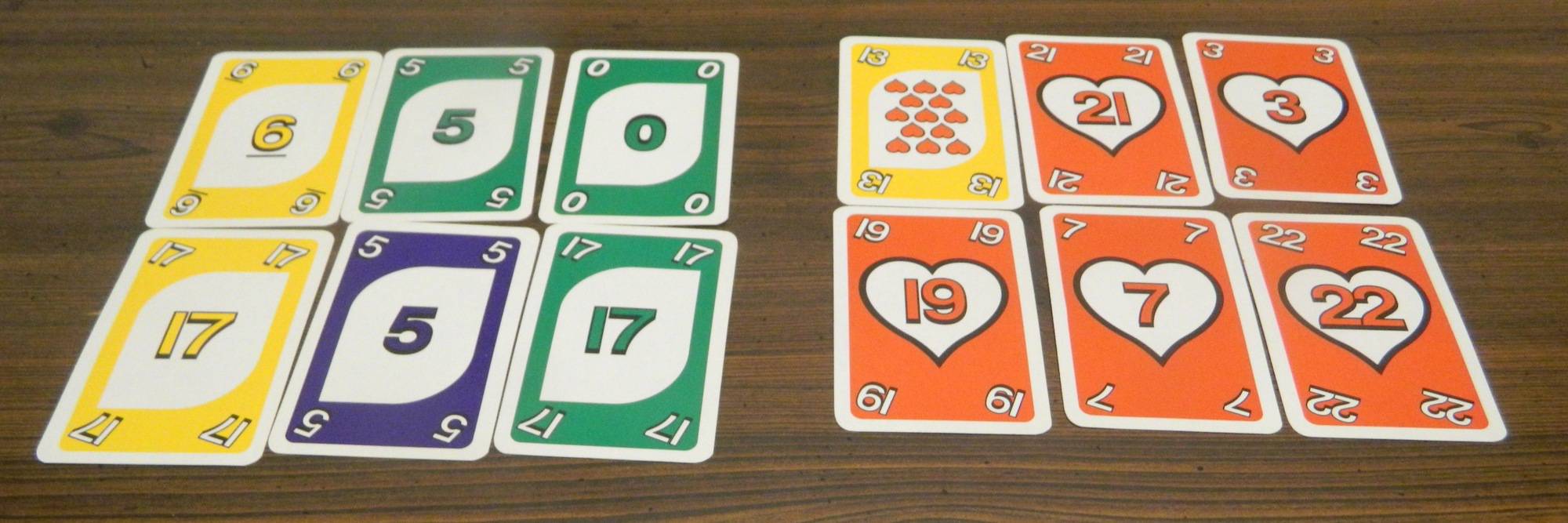
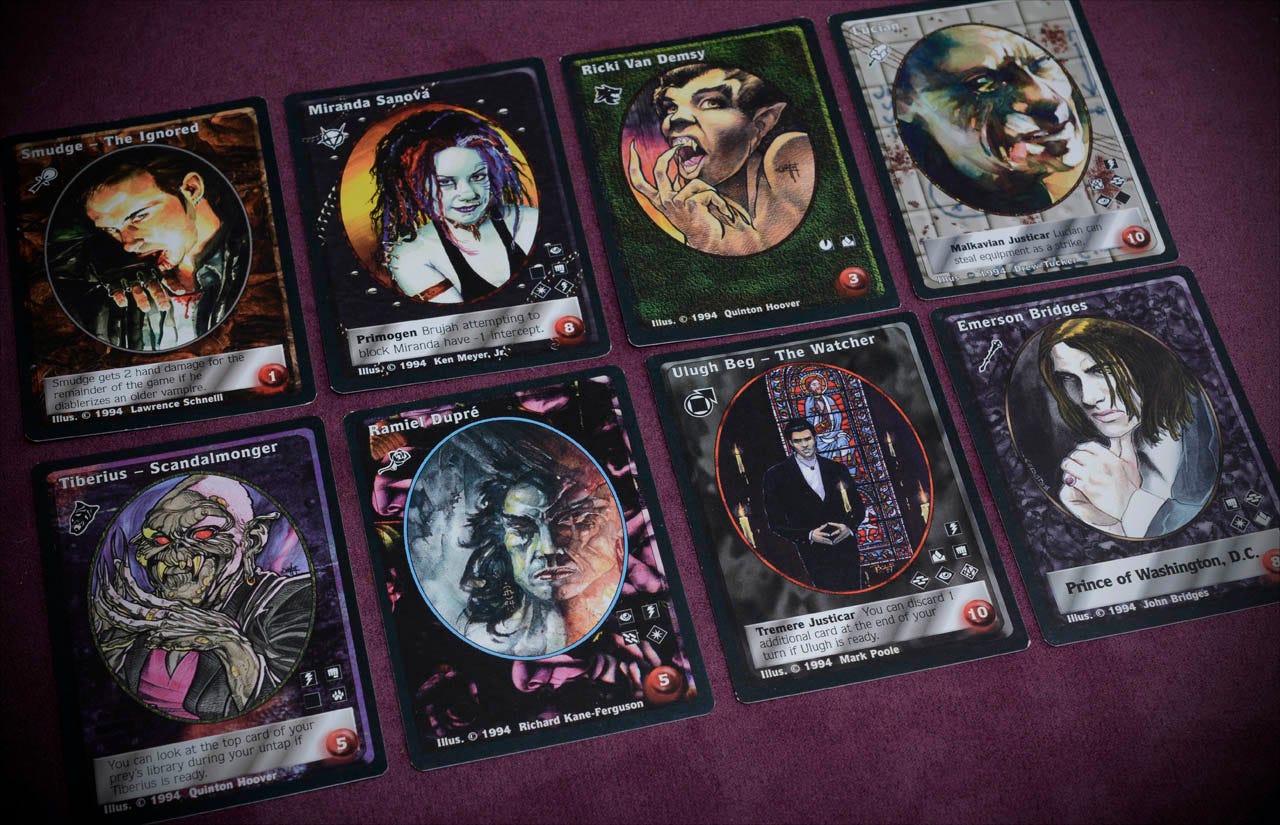

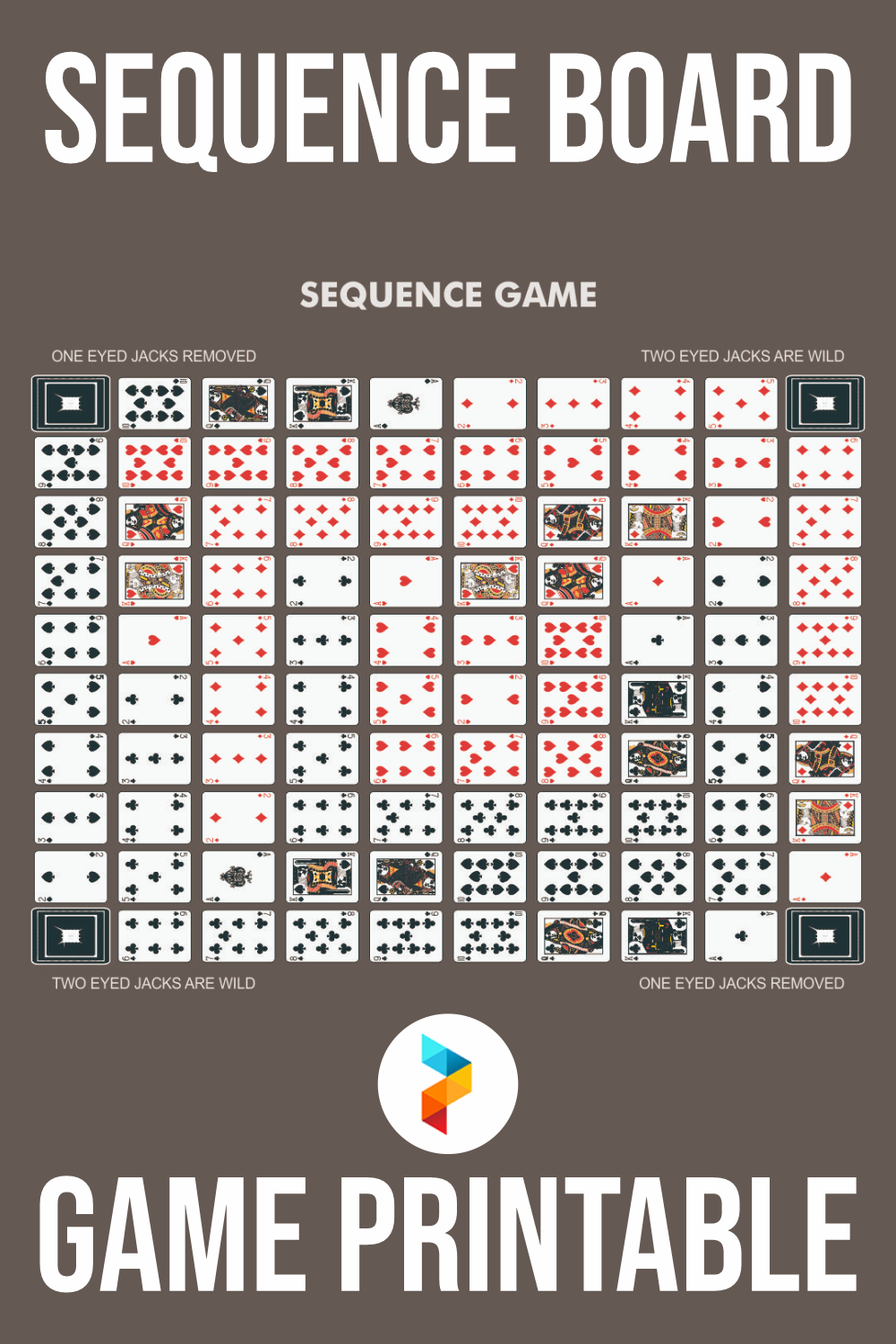






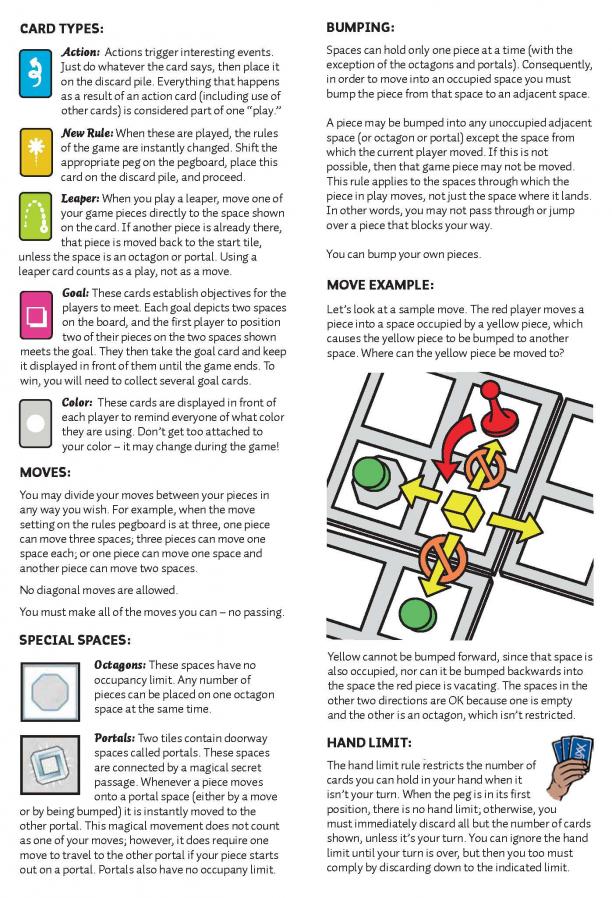









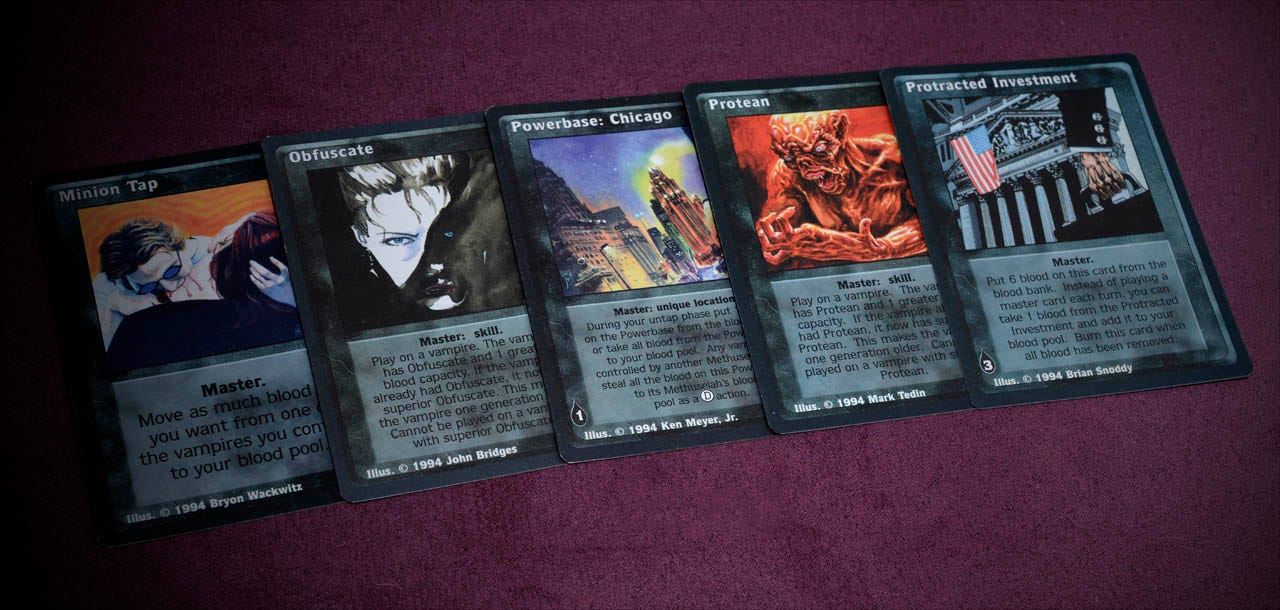

No comments:
Post a Comment
Note: Only a member of this blog may post a comment.